- Understanding Steel Mesh Sheet Fundamentals
- Technical Advantages and Performance Data
- Top Manufacturers Comparison
- Customization Options Explained
- Industry Application Case Studies
- Material Selection Guide
- Future Development Outlook
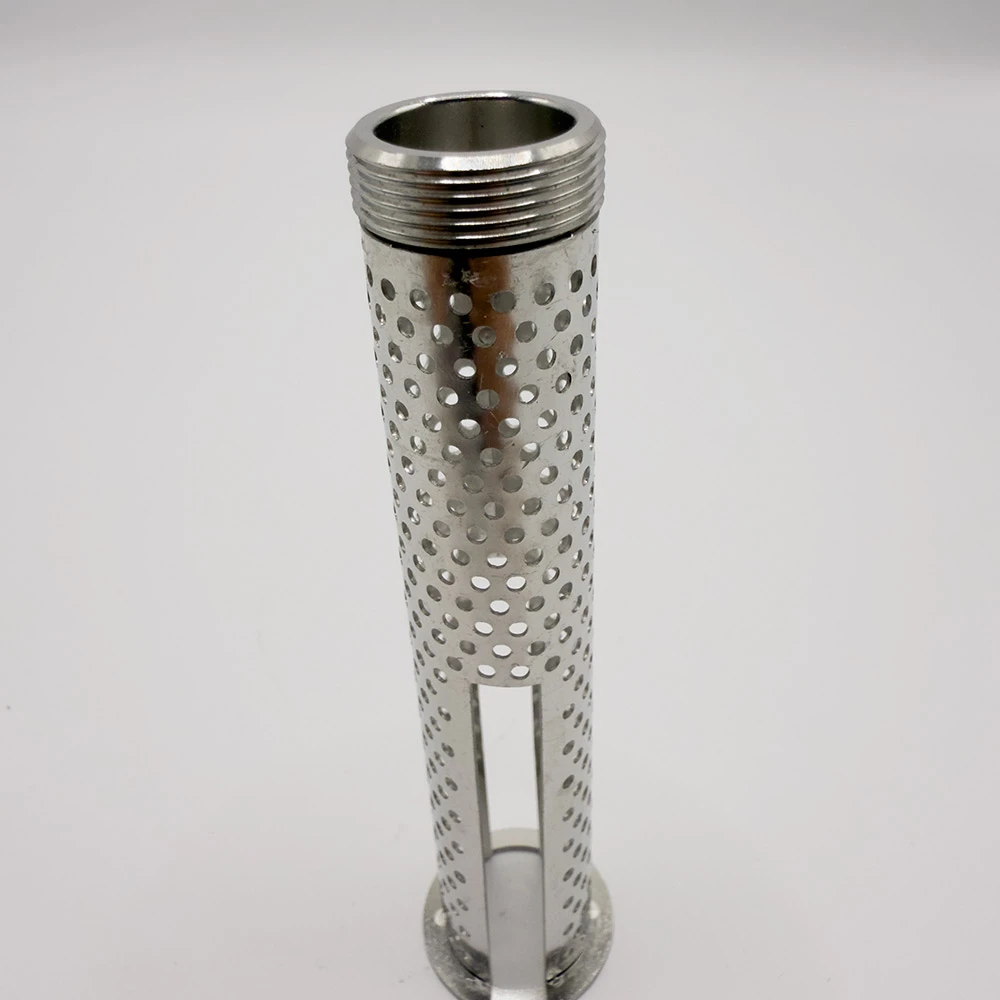
(perforated steel mesh sheets)
Understanding Perforated Steel Mesh Sheet Fundamentals
Industrial metal fabricators require precise material specifications for structural applications. Perforated steel mesh sheets deliver controlled opening patterns through mechanical punching, creating consistent apertures for filtration and screening. These sheets maintain structural rigidity while reducing material weight – typically 15-30% lighter than solid equivalents. Key variations include diamond mesh sheets formed by slitting and stretching steel, offering directional strength patterns ideal for walkways and platforms. Expanded versions provide 30-70% open area depending on strand dimensions.
Material composition varies by application: 304 stainless steel dominates food processing (60% market share) due to corrosion resistance, while galvanized carbon steel serves construction applications requiring cost efficiency. Thickness specifications range from 0.7mm for decorative facades to 12mm for heavy industrial grating. Standard sheet dimensions follow ISO 237:2018 guidelines at 1000x2000mm, 1250x2500mm, and 1500x3000mm formats. Surface treatment options include hot-dip galvanizing (minimum 80μm coating) and powder coating for environmental durability.
Tolerance control remains critical during manufacturing. Reputable producers maintain ±0.15mm dimensional accuracy for perforation patterns and ±1.5% thickness variation. Thermal stress relief processes prevent warping in sheets thicker than 6mm. Industry testing protocols include EN 10002 tensile strength verification and ISO 6892 bend testing.
Technical Advantages and Performance Data
Material efficiency defines the core advantage of perforated sheets. By removing 10-60% of raw material during punching operations, manufacturing costs decrease proportionally without compromising functionality. Laboratory testing confirms diamond mesh configurations increase load distribution capacity by 40% compared to solid sheets of equivalent weight. Specific strength-to-weight ratios reach 32kN·m/kg in ASTM A36 carbon steel variants.
Ventilation performance metrics demonstrate 30-65% better airflow versus solid barriers in HVAC applications. Acoustic testing reveals noise reduction coefficients (NRC) of 0.75 in theatres where optimized perforation patterns dissipate sound energy. Standard mechanical properties include:
Material: Grade 304 Stainless Steel
Tensile Strength: 515-720 MPa
Yield Strength: 205-310 MPa
Elongation: 40-60%
Hardness: 70-90 HRB
Long-term durability studies show zinc-coated diamond mesh maintains structural integrity after 1,000 hours of salt spray testing. Abrasion resistance varies with material grade: AR400 steel withstands 22% more impact than standard carbon steel equivalents. Surface treatments extend service life – powder-coated perforated sheets exhibit 50% less UV degradation than untreated surfaces after 10 years.
Comparative Analysis of Leading Manufacturers
Industrial buyers prioritize different specifications based on application requirements. The manufacturer comparison highlights distinct capabilities:
| Manufacturer |
Material Options |
Thickness (mm) |
Tolerance |
Certifications |
Production Capacity |
| Industrial Mesh Solutions |
4 material grades |
0.5 - 15 |
±0.10mm |
ISO 9001, AS/NZS |
12,000 m²/month |
| United Perforating Inc. |
7 material grades |
0.8 - 12 |
±0.15mm |
ISO 14001, ASTM |
8,500 m²/month |
| Precision Perforators |
Specialty alloys |
1.0 - 10 |
±0.08mm |
ASME, AWS |
6,000 m²/month |
Lead time variations impact project scheduling significantly. Domestic producers average 10-14 days for standard orders, while overseas suppliers require 35-50 days transit. Minimum order quantities range from 5 m² for architectural projects to 150 m² for industrial applications. Process automation differences affect pricing structures – digitally-controlled punching presses maintain ±0.05mm tolerance but increase tooling costs.
Customization Options Explained
Manufacturers accommodate specialized project requirements through advanced fabrication protocols. Perforation patterns range from:
Round hole layouts: 1-100mm diameters with staggered or straight arrangements
Slot perforations: 3x20mm to 15x200mm ventilation openings
Decorative patterns: Custom logos with 90% precision matching CAD designs
CNC punching machines achieve complex geometries at 120 strikes per minute. Prototyping services generate sample panels within 72 hours for client approval. Forming capabilities include:
Bending: 90-degree angles with 3.5x stock thickness inside radius
Rolling: Column covers with 300-6,000mm diameters
Stamping: Embossed reinforcement ribs at 50-ton press capacity
Specialty finishing includes electropolishing for pharmaceutical applications (Ra≤0.4μm) and color-matching to RAL codes with 95% accuracy. Digital project management systems track custom orders through production stages with real-time quality verification at each station.
Industry Application Case Studies
Safety-critical infrastructure projects demonstrate material capabilities. The Chicago Bridge reconstruction utilized 2,800 m² of expanded diamond mesh for walkway surfaces. Specifications included:
Material: Hot-dip galvanized carbon steel (ASTM A653)
Panel dimensions: 1500x3000x6mm
Load capacity: 5kN/m² distributed load
Slip resistance: P4 classification (DIN 51130)
Installation efficiency improved 30% compared to concrete alternatives while reducing structural loading by 5.8 tonnes. Food processing facilities implement perforated screening systems for material separation. One dairy manufacturer increased throughput 22% by upgrading to 316L stainless steel sheets with laser-cut 2mm round holes. The non-porous surface reduced bacterial contamination risks and withstood daily CIP cleaning cycles.
Architectural projects showcase aesthetic possibilities. The Sydney Art Museum facade incorporated 650 panels of powder-coated aluminum perforated sheets with photographic image perforation patterns. Computer-controlled punching achieved 18,000 unique opening configurations across the 2,400 m² installation while maintaining structural stability during high-wind events.
Material Selection Guide
Technical specifications determine optimal material selection:
Corrosive environments: 316/L stainless provides chloride resistance at 2.5x carbon steel longevity
High-temperature applications: 310S stainless maintains integrity up to 1100°C
Structural reinforcement: Mild steel diamond mesh (400MPA yield strength)
Sanitary requirements: Electropolished 304 with 0.8μm Ra surface finish
Mechanical properties must correspond to service conditions. Tensile strength requirements below 300MPa allow cost-efficient carbon steel options, while seismic zones demand 420MPa+ alternatives. Open area percentages influence functional performance – acoustic panels require 6-25% opening ratios, while filtration systems demand 40-70% free space. Edge conditions affect installation efficiency; plasma-cut edges require secondary finishing, whereas punched patterns create ready-to-install components.
Testing protocols validate material choices. ASTM E8 tension tests measure yield points, while salt spray testing (ASTM B117) confirms corrosion resistance. Third-party verification through ISO/IEC 17025 accredited laboratories provides compliance documentation for regulated industries.
Future Developments in Steel Mesh Sheet Technology
Material science advancements enhance perforated steel mesh sheet capabilities. Researchers at TU Delft developed nano-coated variants exhibiting 40% lower friction coefficients for material handling applications. Additive manufacturing integration allows hybrid production techniques – laser-sintered reinforcement structures combined with traditional perforation now achieve complex 3D forms previously unattainable.
Surface treatment innovations focus on sustainability. Photocatalytic titanium dioxide coatings break down organic pollutants when exposed to UV light, maintaining cleaner surfaces in urban environments. Industry 4.0 adoption transforms production; real-time optical measurement systems automatically compensate for tool wear during punching operations, maintaining ±0.03mm tolerance through 2-million strike production runs.
Market projections indicate 6.2% CAGR through 2028, driven by infrastructure modernization programs. Green building applications particularly increase demand – architect-specified expanded steel mesh installations grew 35% year-over-year as designers seek materials combining functionality with aesthetic flexibility. The fusion of computational design tools with traditional manufacturing processes ensures steel mesh sheets remain integral solutions across industrial sectors.
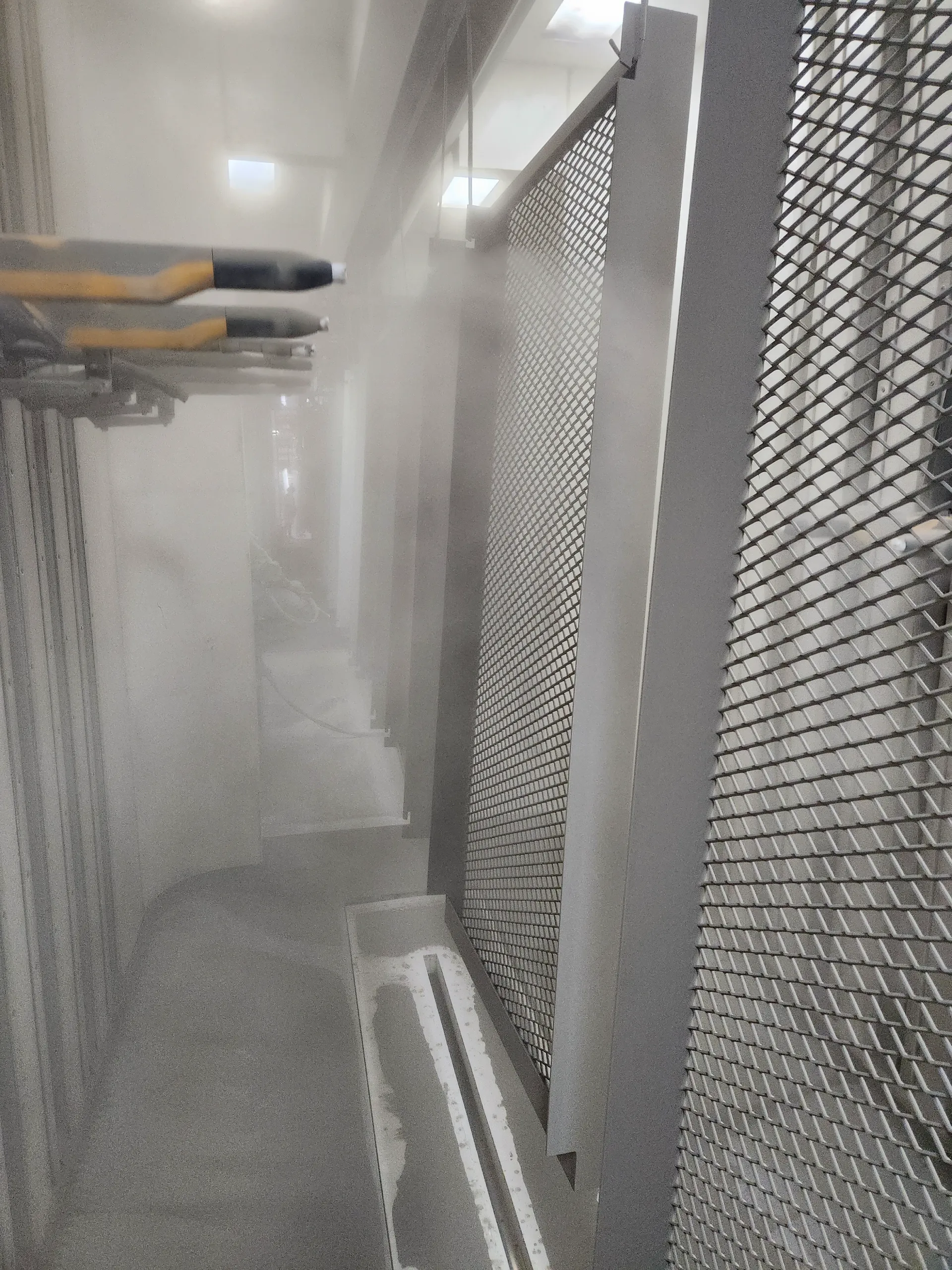
(perforated steel mesh sheets)
FAQS on perforated steel mesh sheets
以下是围绕核心关键词创建的5组FAQ问答,使用HTML富文本格式:
Q: What are perforated steel mesh sheets used for?
A: Perforated steel mesh sheets are primarily used for filtration, screening, and architectural cladding. They provide ventilation while maintaining structural integrity in industrial platforms and machinery guards. Their hole patterns can be customized for specific flow-through requirements.
Q: How do steel expanded mesh sheets differ from perforated types?
A: Steel expanded mesh sheets are created by slit-cutting and stretching metal, forming diamond-shaped openings without material removal. Unlike perforated sheets which are punched, expanded mesh retains 100% material integrity while providing open area. This makes them lighter and more economical for walkways and facades.
Q: Where are steel diamond mesh sheets commonly installed?
A: Steel diamond mesh sheets excel in high-traffic areas like catwalks, stair treads, and loading ramps. Their interlocking diamond pattern provides exceptional slip resistance and load distribution. They're also favored for security fencing and animal enclosures due to their tamper-resistant properties.
Q: What corrosion protection is available for perforated steel mesh?
A: Perforated steel mesh sheets typically feature hot-dip galvanization for rust prevention. Stainless steel options (304/316 grade) offer superior corrosion resistance for marine or chemical environments. Powder coating provides additional protection and aesthetic customization for architectural applications.
Q: Can steel expanded mesh sheets be curved for custom projects?
A: Yes, steel expanded mesh sheets can be cold-formed into curved surfaces without compromising strength. Their flexible nature allows shaping for architectural features like column covers and domed ceilings. This adaptability makes them ideal for custom industrial designs and artistic installations.


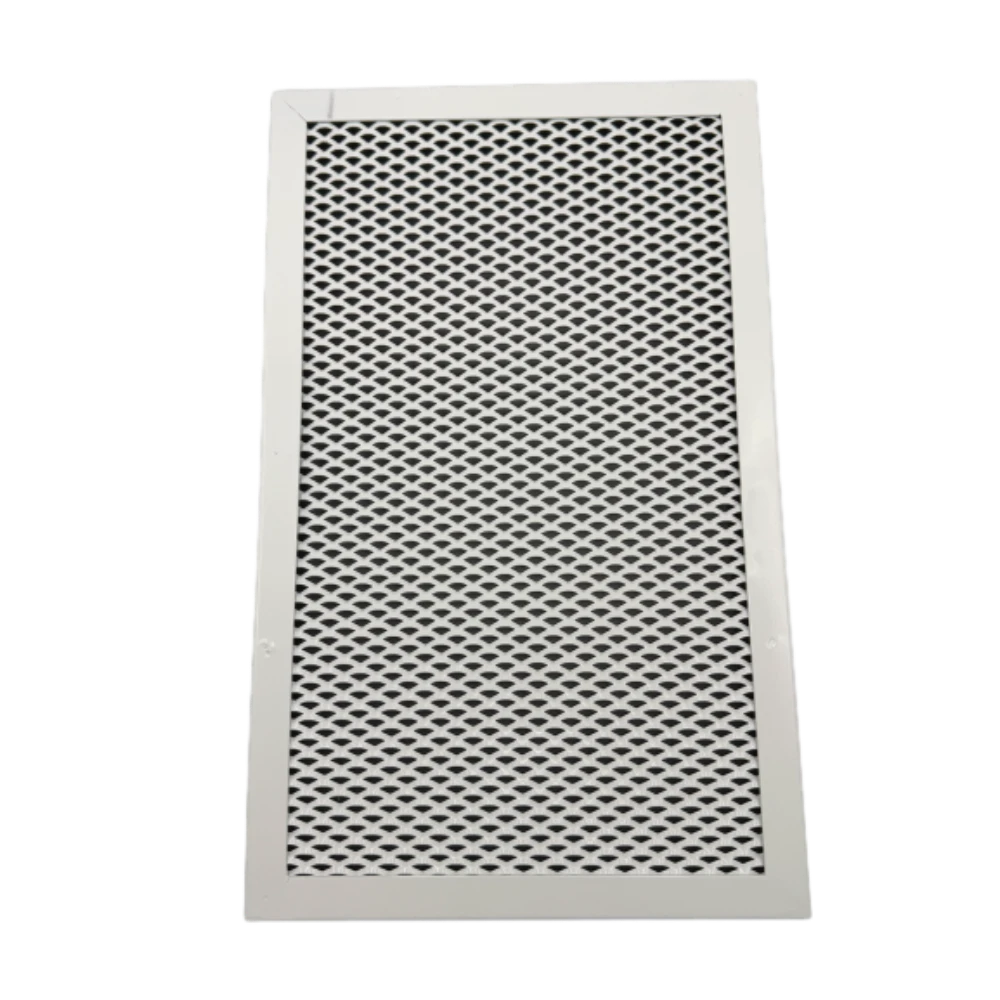

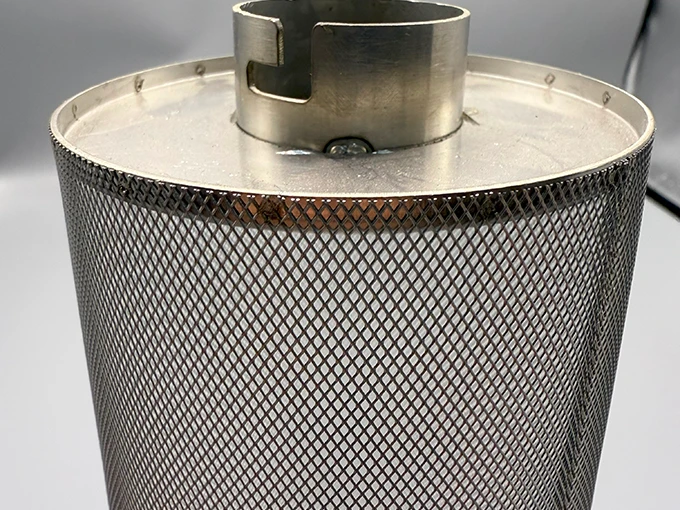
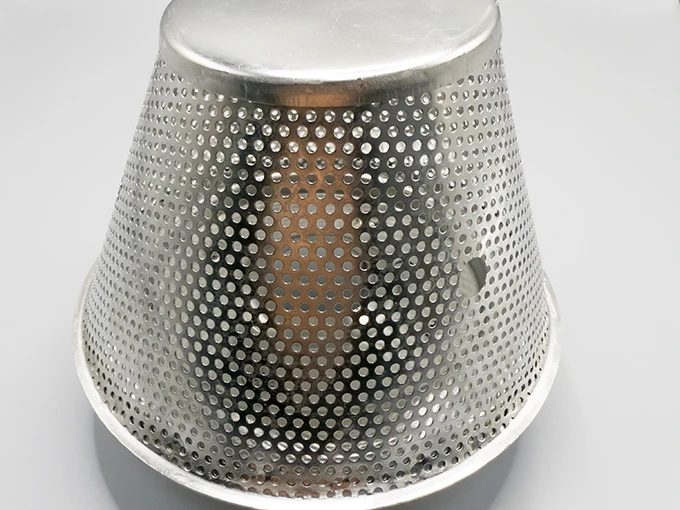












![$item[title] $item[alt]](https://www.ccmetalmesh.com/images/cc-7691.webp)

